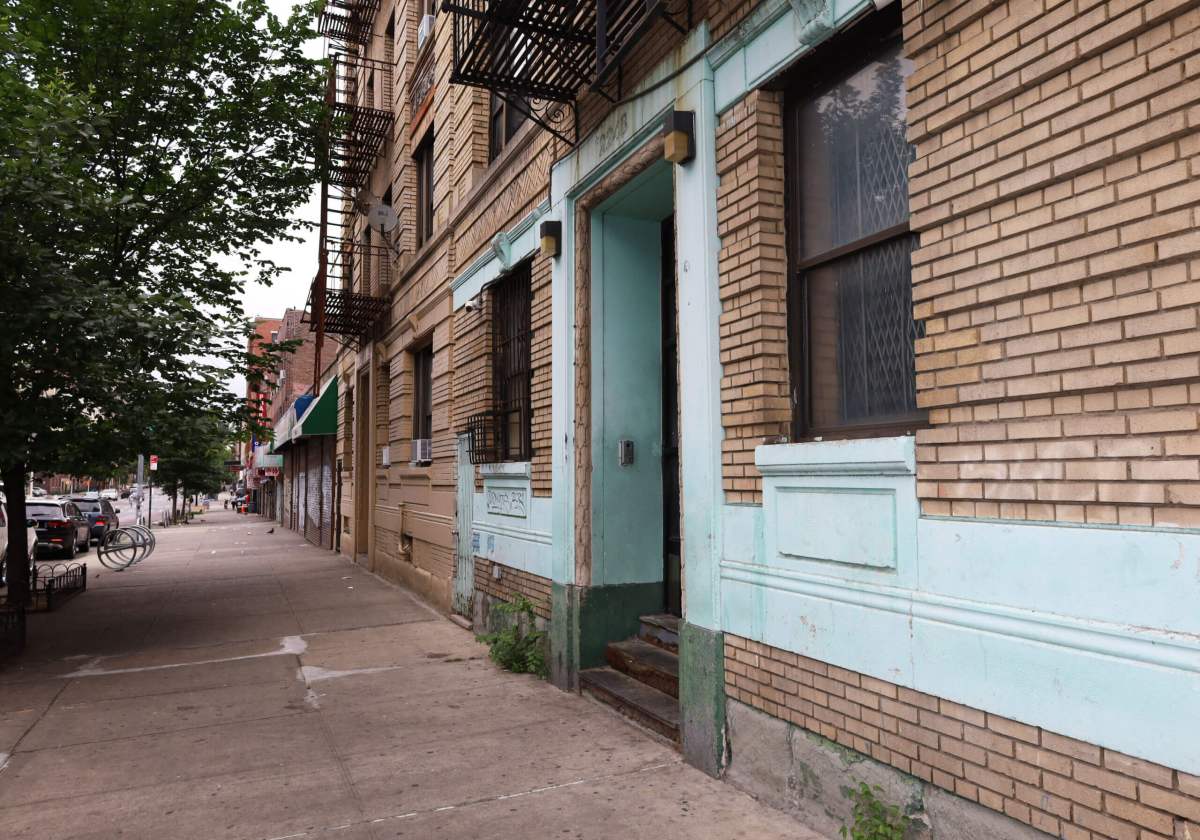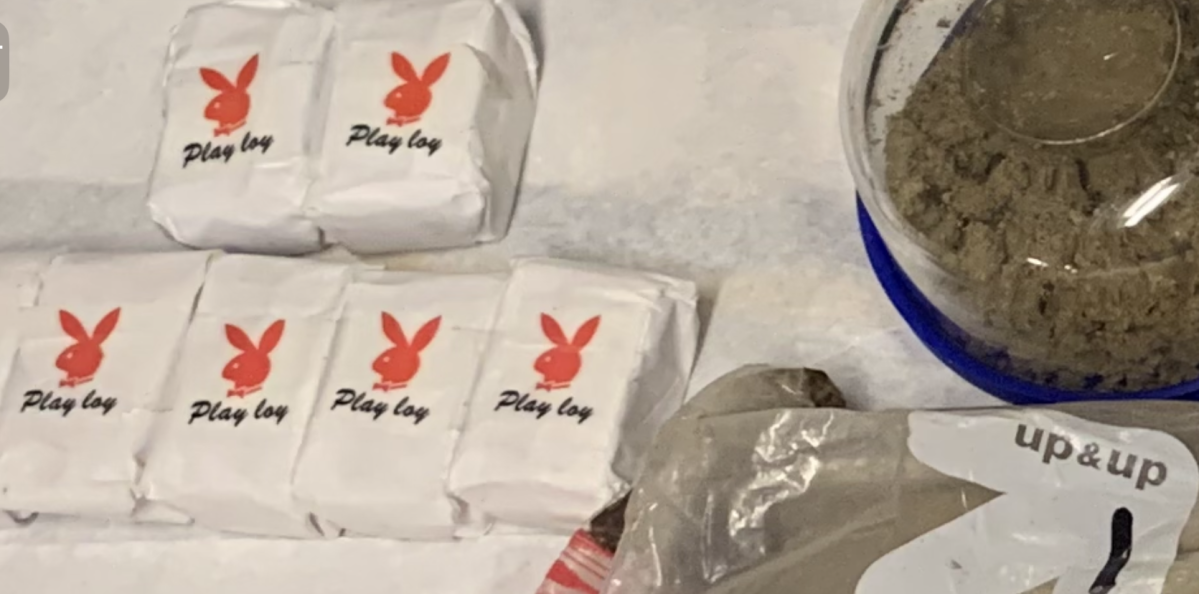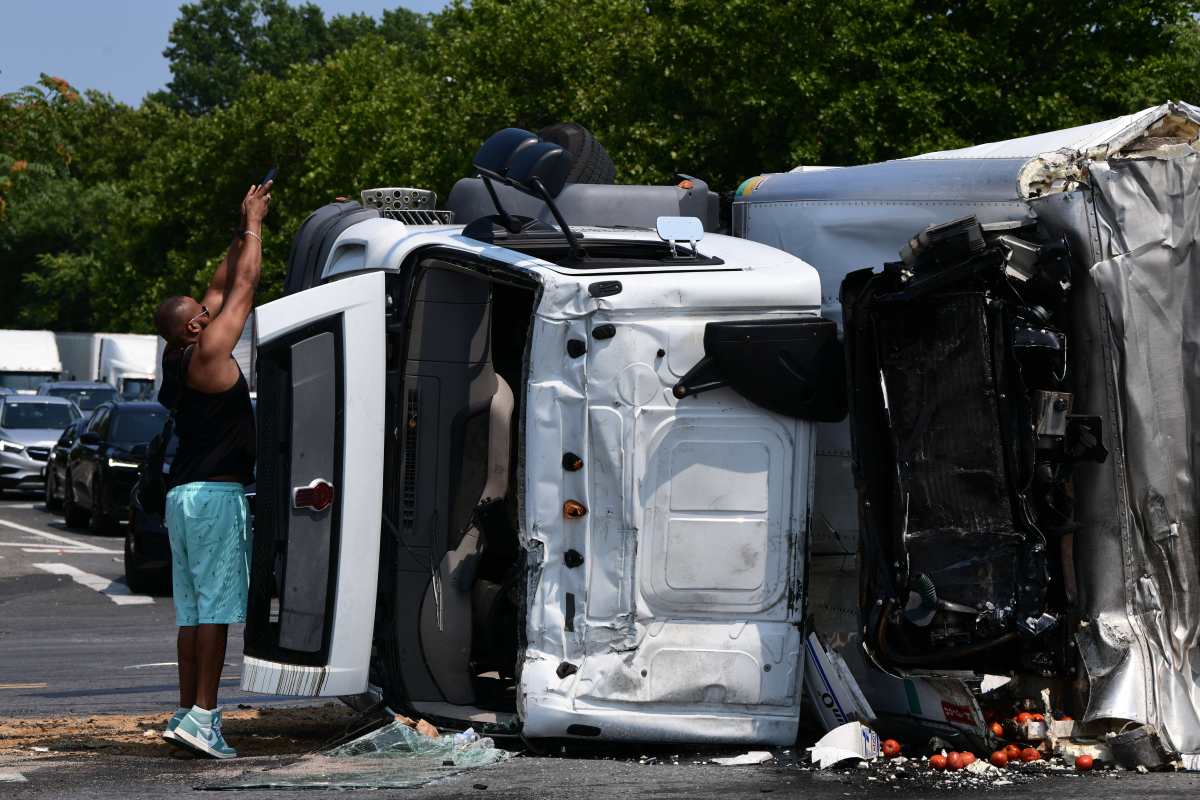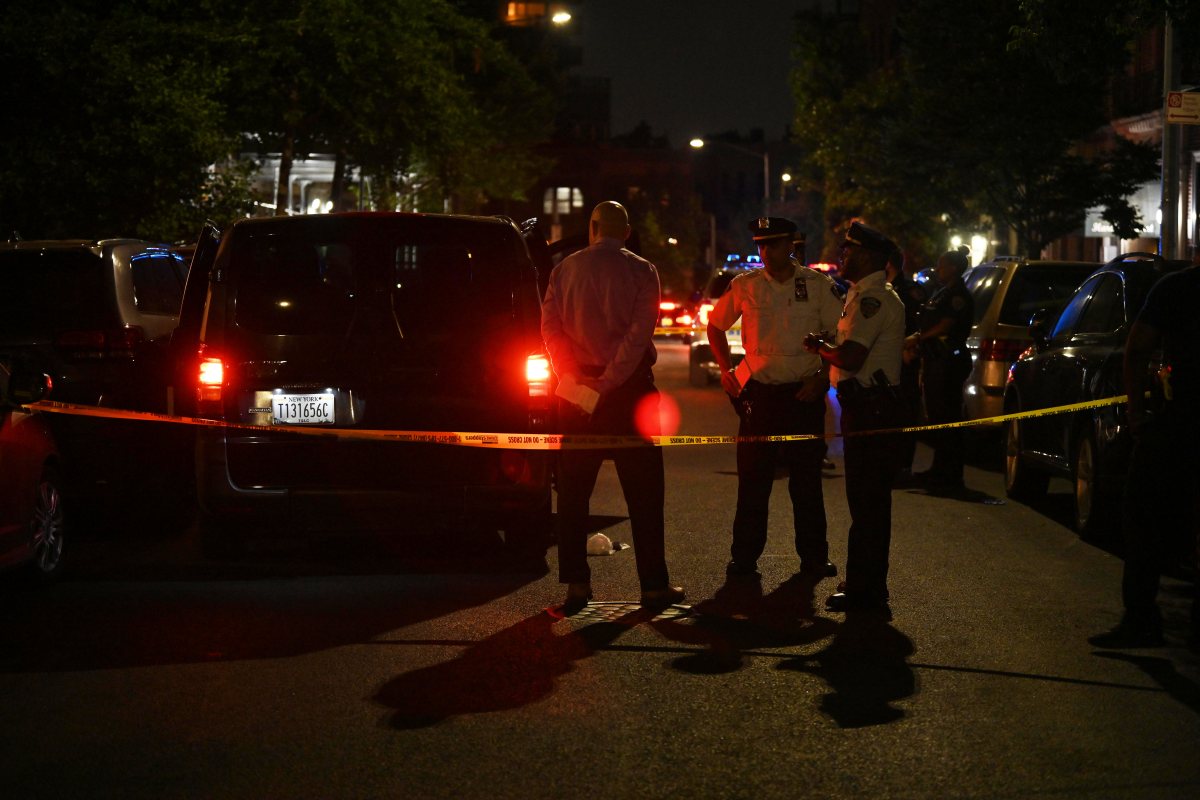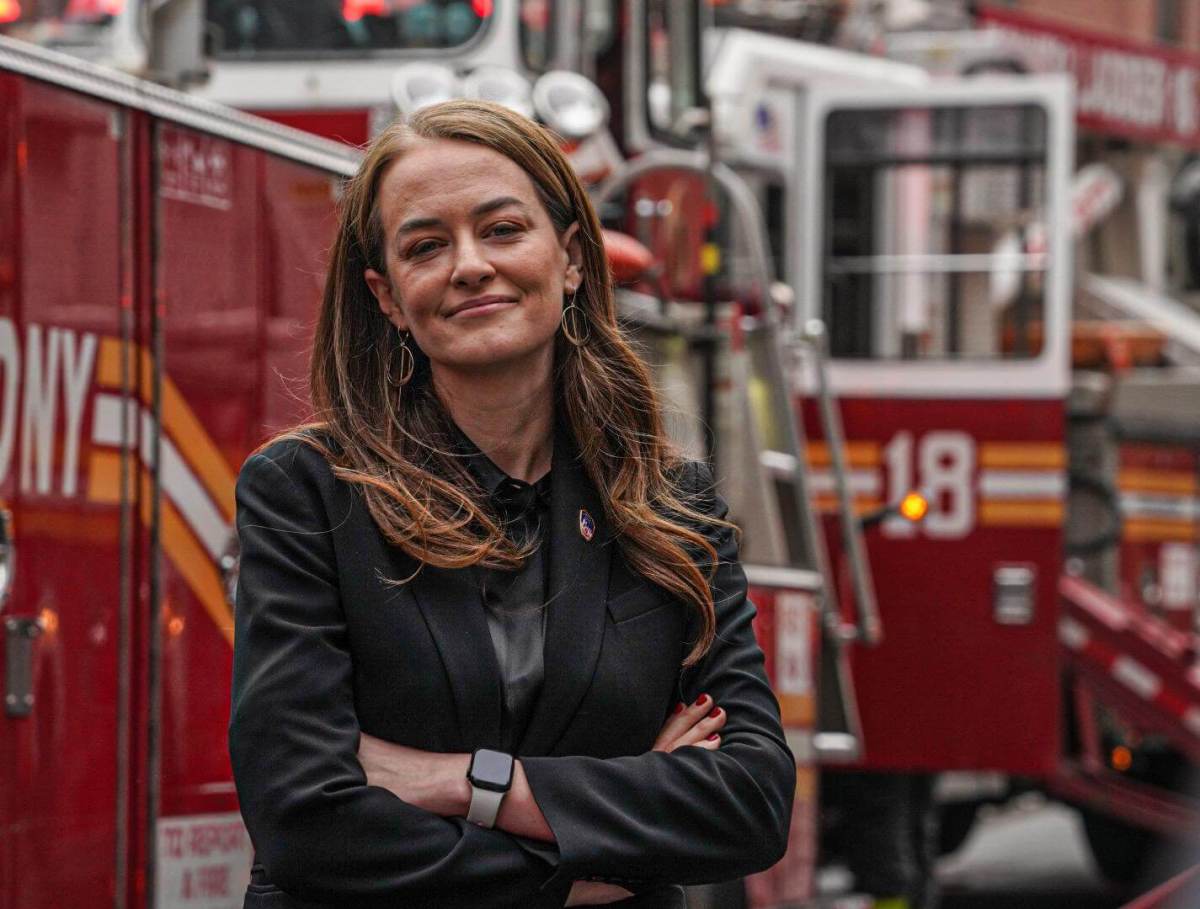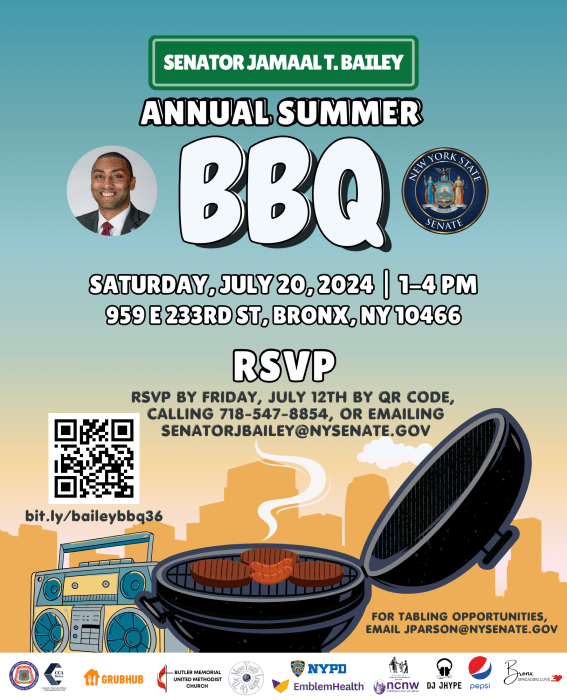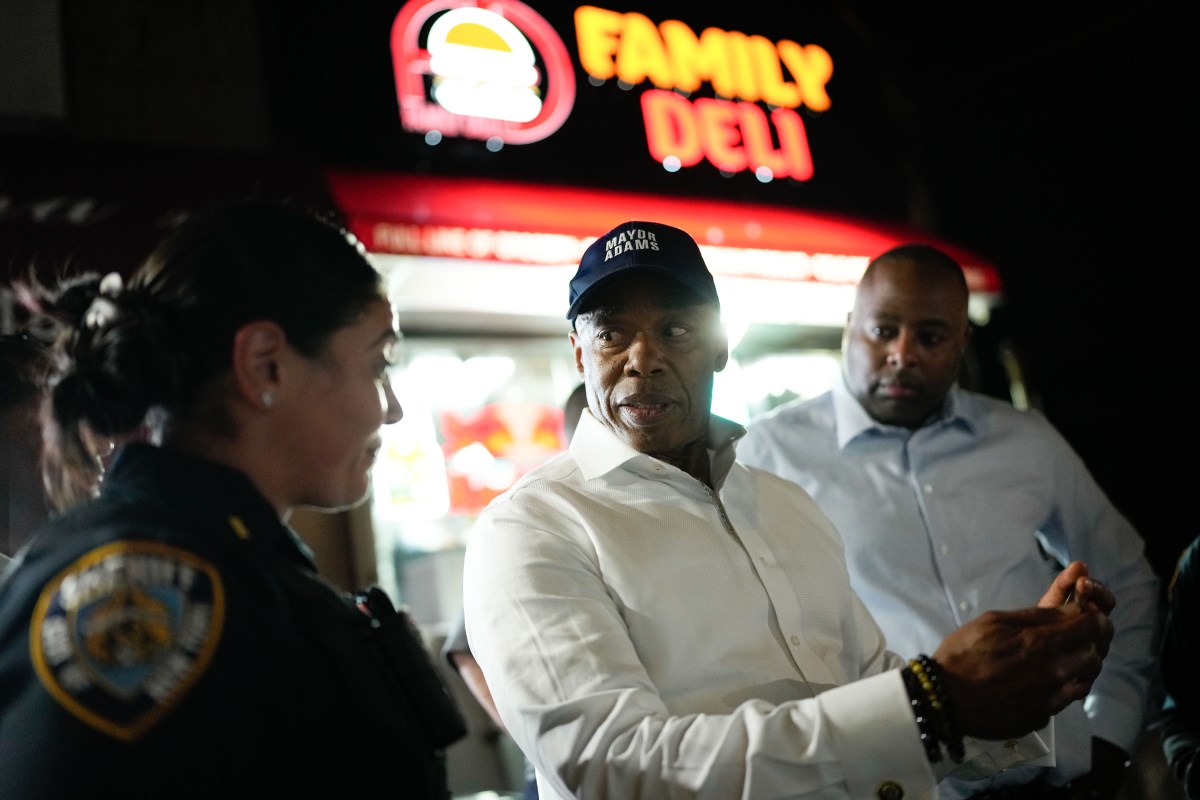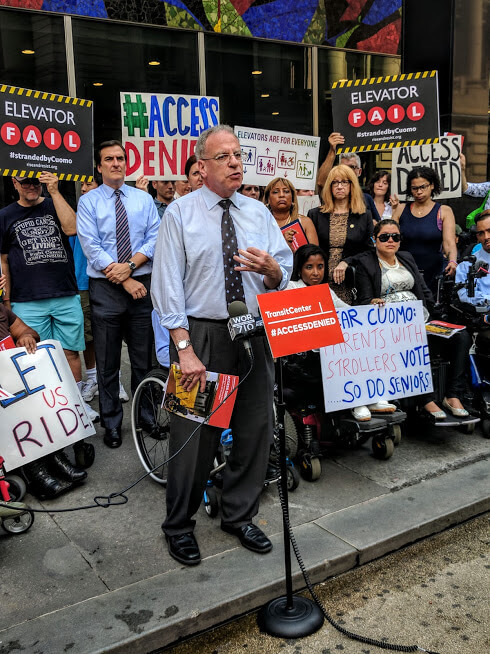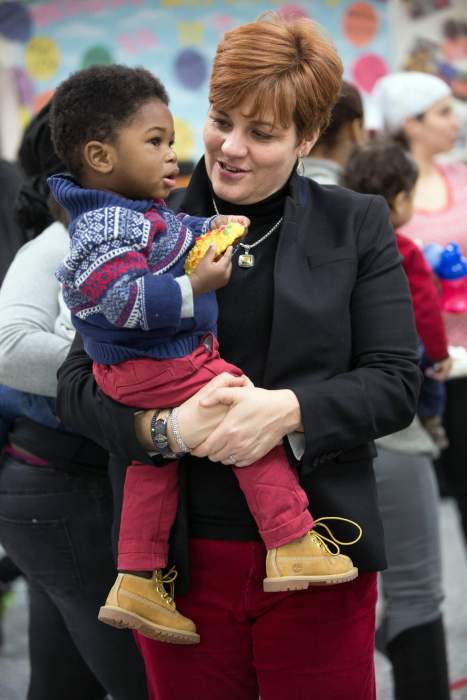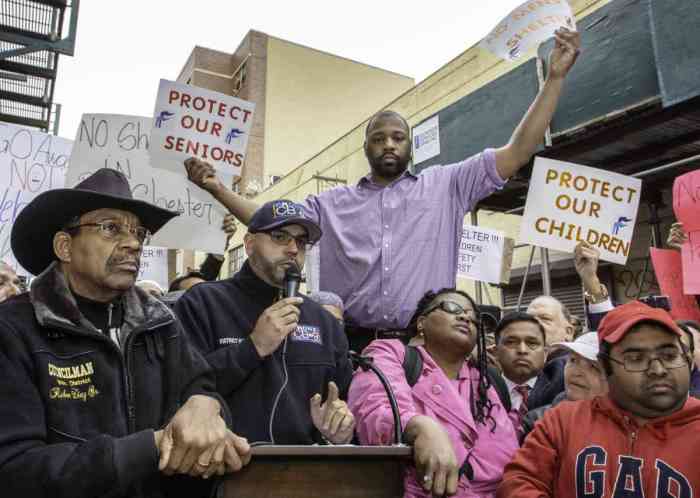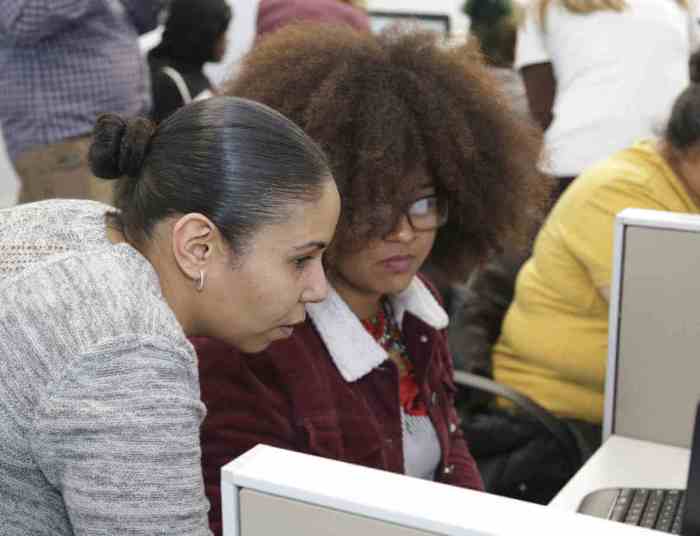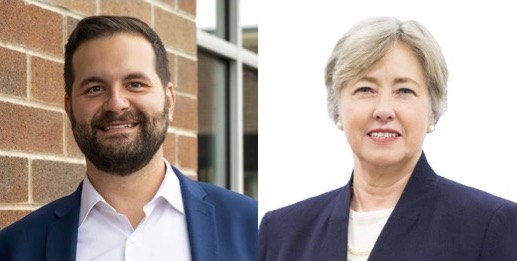In the wake of a new homeless shelter coming to Webster Avenue in the Fordham section of the Bronx, community members and local leaders are blasting the New York City Department of Homeless Services (DHS) for what they’re saying is an over-saturation of shelters in already underserved neighborhoods of the borough.
In a meeting of Bronx community boards 5 and 6 at the joint Angelo Patri and X225 Theatre Arts Production Company School building on June 12, Rafael Moure-Punnett, the district manager of CB6, said the new facility is coming to a place that already has multiple shelters within a half-mile radius. The school where the meeting was held is just over half a mile from the site of the new shelter, which is near the intersection of Webster Avenue and 183rd Street.
Arlene Mukoko, the press secretary for Bronx Borough President Vanessa Gibson’s office, confirmed the location of the new shelter with the Bronx Times. She said the building with aqua-blue painted trim on Webster Avenue is “currently un-used,” but couldn’t specify what kind of building it is.
Moure-Punnett told the Bronx Times that renovations are slated to begin at the new Webster Avenue shelter this summer. Meanwhile, he said he’s working to mobilize other Bronx community boards to push back against the city.
“We’re hoping to multiply our voice,” he said Thursday. “No one is happy with how DHS is communicating information.”
Moure-Punnet and CB5 District Manager Ken Brown believe it’s unfair that neighborhoods in their district are forced to bear the brunt of the homeless crisis, especially when they say there are other districts across the city that aren’t pulling their weight. They also said they invited DHS representatives to come hear public testimony last week, but the department was a no-show.
“When no one is asking for shelters, the communities that have the most political power are best able to resist shelters,” Moure-Punnett said.
He cited multiple reports of New Yorkers protesting homeless shelters coming to their neighborhoods, saying that areas with the privilege to mobilize are the ones that continue resisting shelters. These areas that have little to none of the city’s shelters, he said, include southwest Queens, southwest Brooklyn, most of Staten Island, and parts of the East and North Bronx.
“So it’s not a policy, it’s just a response to protest,” Moure-Punnett said. “And I think what we want to have a conversation about … how does that affect neighborhoods like ours in the Bronx when we’re not coming out to protest.”
The board chair of CB6, Evonne Capers, echoed Moure-Punnett’s concerns, and said she’d encourage residents in her district to protest the new Webster Avenue shelter.
New York City Councilmember Oswald Feliz — who represents the District 15 neighborhoods of Fordham, Belmont, East Tremont, West Farms, Van Nest and Allerton — continues to oppose the new Webster Avenue shelter.
“Some community boards and some regions and some neighborhoods have zero, a big zero when it comes to homeless shelters that they have,” the councilmember said. “That is not fair, and we are asking the Department of Homeless Services to develop a better system to ensure that every community helps resolve this homeless problem.”
Feliz also doubled down on his criticism of New York Mayor Eric Adams for what he believes is shelter inequity when questioned by the Bronx Times last week. In a since-deleted Tweet from May 19, Feliz said it was “clear” and “disappointing” that the mayor “isn’t willing to make wealthy areas help” in the homeless crisis.
Lack of transparency
Community board members also took aim at DHS for what they’re saying is a lack of transparency in siting policy.
Instead of attending the meeting, Moure-Punnett said the agency sent its shelter siting policy to CB5 and CB6 in writing — which states that the department does not designate shelter locations themselves, but rather evaluates proposals for sites that are submitted by nonprofit service provider partners. A spokesperson for the Department of Social Services (DSS), which encompasses DHS, did not answer a Bronx Times question about why the agency didn’t attend the meeting.
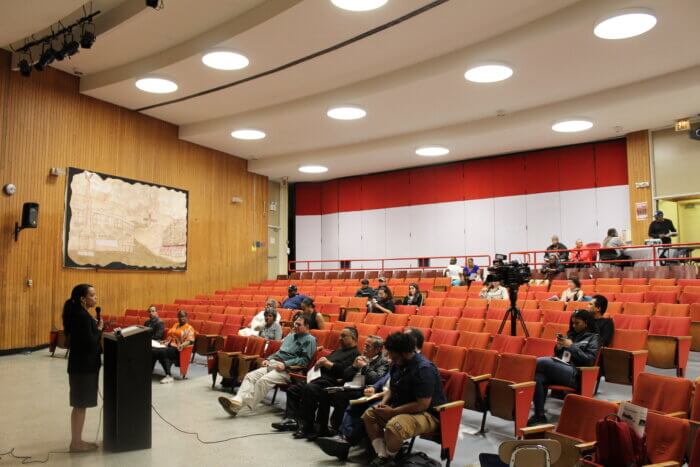
But not only does it seem like there is confusion on the policy itself, Bronx leaders also say there are barriers to reliable data from the city.
Moure-Punnet told the Bronx Times Thursday that DHS hasn’t given him straightforward information about how many shelters there are in CD6. A few years ago he was told there were 24 in the district, but earlier this year he said DHS reported 20. An issue here, he said, is that the department also doesn’t announce when they close shelters.
And it’s the same for CD5. Brown, the CB5 district manager, said during last week’s meeting that he’s heard different numbers as well.
“In (Community) Board 5, depending upon who you ask or how you ask, we have either 13 or 21 shelters,” Brown said. “And a part of the problem in exercising the community board’s oversight responsibilities around shelters and facilities of this kind is an access to verifiable, coherent and consistent data.”
Brown said DHS alerted CB5 earlier this month that there were 13 shelters under contract, but that there were 21 in 2019.
The DHS spokesperson did not answer a Bronx Times question about how many homeless shelters there are in each borough.
Data from a 2021 DHS map documenting homeless shelters indicates that the Bronx had 129 shelter locations two years ago — the borough with the second-highest number of facilities after Brooklyn, which had 130 — despite being the borough with the second lowest population. Bronx CD6 had the highest number of shelters at 21, followed closely by District 5 with 20.
According to 2021 metrics from the Census Reporter, the only Bronx community district without a shelter, CD11, has a median household income of $57,394 — the lowest of any district without a shelter across the five boroughs.
That’s compared to Bronx CD5, where the average is $34,894, and Bronx CD6, which has only a $30,148 median household income.
The DHS spokesperson told the Bronx Times in a statement that the department is working to more equally distribute its sites across the city, un-doing some of the longstanding “sub-standard” homeless infrastructure that has built up over decades.
“DSS-DHS has phased out the citywide use of sub-standard cluster sites while siting a smaller number of new high-quality shelters and reducing our longer-term footprint, particularly in the Bronx,” the spokesperson said. “As part of our equitable shelter siting approach, we continue to open shelters in communities that have never had any shelters while ensuring that every community has adequate social safety net resources to support their neighbors in need.”
Cluster sites were part of a program started in 2000 under then-Mayor Rudy Giuliani that opened temporary emergency solution housing in private dwelling places for the city’s homeless population. In 2016, former Mayor Bill de Blasio announced plans to end the program by 2021, opting instead to convert some of those cluster sites into permanent housing.
According to DHS, the majority of the city’s now-phased out cluster sites — 215 of them — were located in the Bronx, and 30% of the 215 total sat in community districts 5 and 6.
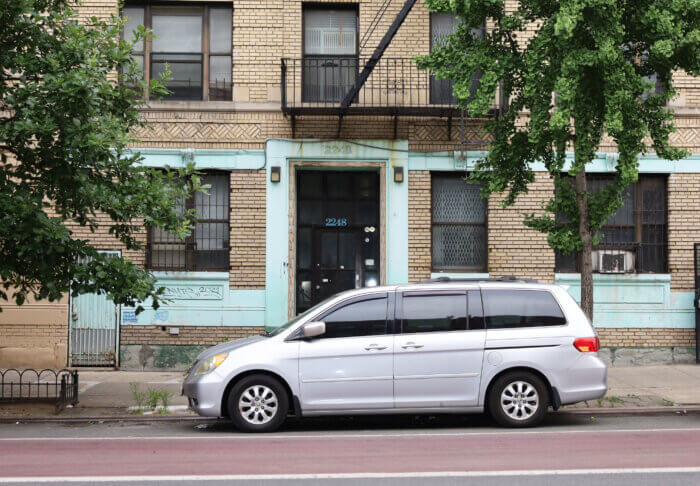
Potential solutions
Many of the attendees at last week’s meeting emphasized that the Bronx — especially lower income neighborhoods — doesn’t need an increase in homeless shelters, but rather an increase in affordable housing stock.
City Councilmember Pierina Sanchez, who represents the Fordham area in District 14, told her constituents that solving the homeless crisis isn’t going to come from constant investment in temporary housing.
“We are a rich and diverse community, a vibrant community, with so many assets. And what we need for government to be doing is investing in our permanence,” said Sanchez. “What we have had is a history of disinvestment.”
The councilmember — who said she spent the majority of her life living and going to school in CD5 — said that disinvestment is primarily seen in housing infrastructure and the state of the district’s schools.
“We are owed a debt, we are owed investment, we are owed more,” Sanchez said. “And instead what we have had a history of is a disproportionate share of facilities, including our homeless shelters.”
In an interview with the Bronx Times, one Webster area resident said the homeless crisis is changing his neighborhood.
“It is very, very, scary now living in this part of the Bronx,” said Kevin, who declined to give his last name. “After living here for 35 years, I am looking to move out of the Bronx as well. The Bronx is not what it used to be.”
Another solution to improve the quality of life for both people living in shelters and people living in districts with shelters, is to improve the facilities themselves, one community member said.
Monique Williams is a 53-year-old born-and-raised Bronxite from Fordham who is raising her kids in the neighborhood. But when she was 27, she said she and her family entered into the shelter system.
“It was six of us living in one room, with just a microwave,” she said.
Williams said she and her family transferred to approximately four different shelters before they left the system, and said there were often issues with misplaced paperwork and commutes to the kids’ schools, among other hardships.
“Make sure that they’re able to help the kids in the shelter, make sure they’re able to help the families get the documents they need,” Williams said. “I don’t have a problem with the shelters being here but if you’re going to have a shelter here, help the people that’s in the shelter.”
— ET Rodriguez contributed to this report
Reach Camille Botello at cbotello@schnepsmedia.com. For more coverage, follow us on Twitter, Facebook and Instagram @bronxtimes

